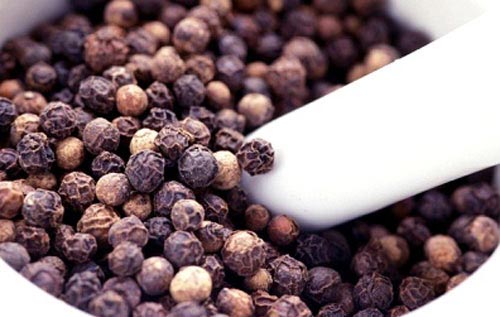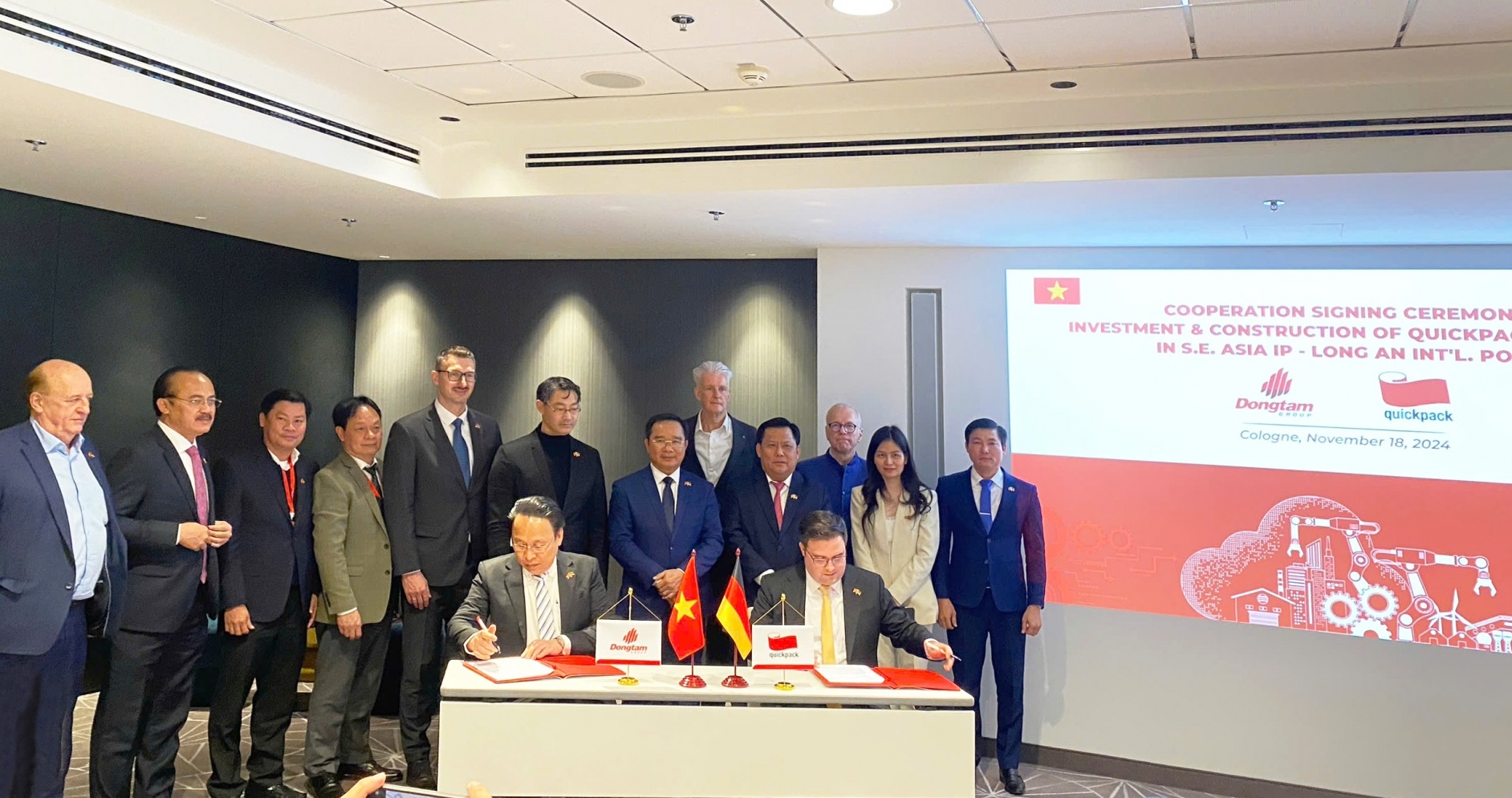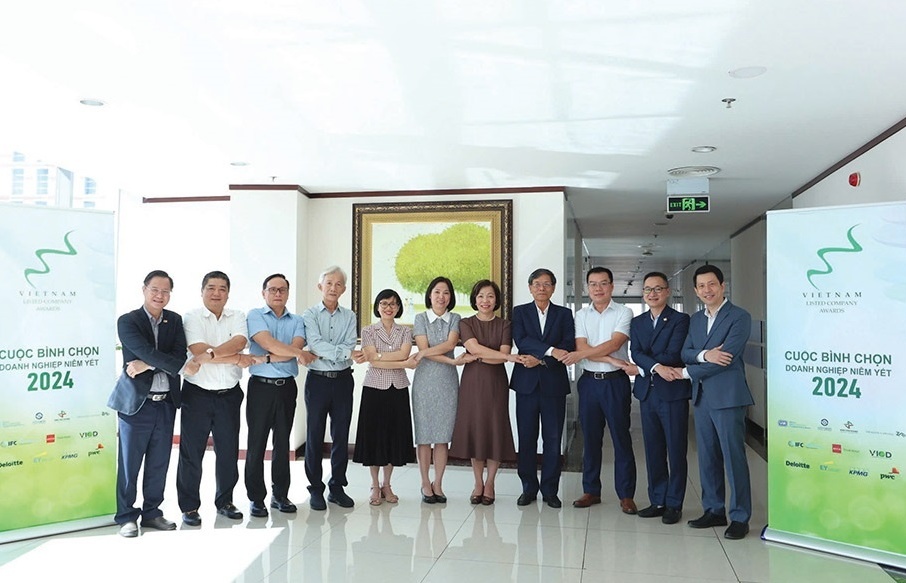Pepper: Vietnam’s little grains of gold

Black pepper is currently trading at around $9 per kilo, well up from $2 a decade ago, and white pepper is fetching as much as $13 per kilo, a threefold gain, according to the International Pepper Community (IPC). Consumption has exceeded supply for about eight years, boosted by demand for seasoning as Asia is consuming more meat, said Greg Estep, the global head of spices and vegetable ingredients at Singapore-based Olam International.
The surge in the $2.5 billion pepper export market is in contrast to the fourth consecutive year of declining commodity prices as excess supplies emerge. Vietnam’s crop has expanded 15 fold over two decades, replacing India as the biggest supplier, reported the United Nations’ Food and Agriculture Organisation (FAO).
"I came to this land empty-handed," said Nguyen Van Thanh, a 54-year-old who has grown pepper for the past 14 years in the Central Highlands province of DakLak. "Income from pepper allowed me to provide for my family, buy motorbikes, and to build and renovate my home."
Thanh now harvests about 4.5 to 5 metric tonnes a year on his 1.5 hectare (3.7 acre) plot in the province. He sells the pepper for about VND190,000 ($8.90) a kilogramme, more than nine times his production cost.
Vietnam harvested 122,000 tonnes of pepper last year, while Indonesia produced 63,000 tonnes and India 58,000 tonnes. Global output was 375,800 tonnes in 2013, little changed from a decade earlier, even as exports surged 23 per cent to 278,033 tonnes, IPC data revealed.
At the 42nd Session and Meetings of IPC held in Ho Chi Minh City from October 27 to 30, Do Ha Nam, chairman of the Vietnam Pepper Association (VPA) said, Vietnam has maintained the number one world production and export market for 14 years.
"Before the 1990s, we didn't even produce enough pepper for domestic use," said Nam. "Then output increased unbelievably after we opened up the economy."
Rising pepper prices helped farmers prosper and allowed them to buy cars and bigger houses, Nam added.
Pepper is cultivated on vines, which grow best in tropical climates from 460 metres above sea level, according to the IPC. Vietnam's harvest runs from February to April, according to the FAO, which says pepper and ginger are the oldest traded spices. While the first exports were recorded 4,000 years ago, trade took off from the 1400s after Europeans pioneered maritime trade links with Asia.
Growers have small farms in Vietnam, often 1 to 2 hectares, according to the IPC. Output averages 2.2 tonnes per hectare, compared with 400 to 500 kilogrammes in Indonesia.
Vietnam's output should hold steady at 130,000 tonnes to 135,000 tonnes next year, said Nam. Prices will also be similar, at $7,000 to $8,000 a tonne, he said. That should be enough for Thanh, the Dak Lak farmer who is planning to expand.
The Ministry of Agriculture and Rural Development (MARD) issued Decision 1442 dated June 27, 2014, approving the pepper development plan to 2020 with a vision to 2030. This is considered a foundation for the sustainable development of Vietnam’s pepper industry
According to MARD Deputy Minister Le Quoc Doanh, under this plan, the development of pepper production should be based on market demand, with particular regard given to export markets.
The development of pepper will focus on intensive farming and applied science and technology to improve productivity, quality, hygiene and food safety.
What the stars mean:
★ Poor ★ ★ Promising ★★★ Good ★★★★ Very good ★★★★★ Exceptional
Latest News
More News
- Trump's trade policies could shape Vietnam's economic outlook: Dragon Capital (November 15, 2024 | 16:56)
- Prioritising corporate governance for Vietnam’s sustainable growth (November 14, 2024 | 16:50)
- Vietnam eyes nuclear revival to bolster energy security (November 14, 2024 | 16:46)
- German businesses explore investments in Dong Nai (November 08, 2024 | 18:02)
- Vietnamese consumer sentiment outperforms regional averages (November 08, 2024 | 18:00)
- Exchange and interest rates forecast to remain stable after US election (November 07, 2024 | 14:04)
- Industrial real estate stocks benefit from US election results (November 07, 2024 | 13:56)
- 2024 sees $1.41 billion in fintech funding so far (November 07, 2024 | 08:13)
- Trump at 266 electoral votes, Harris at 195: US media (November 06, 2024 | 14:30)
- Hanoi targets digital and high-tech investment with upcoming event (November 06, 2024 | 13:28)




















 Mobile Version
Mobile Version